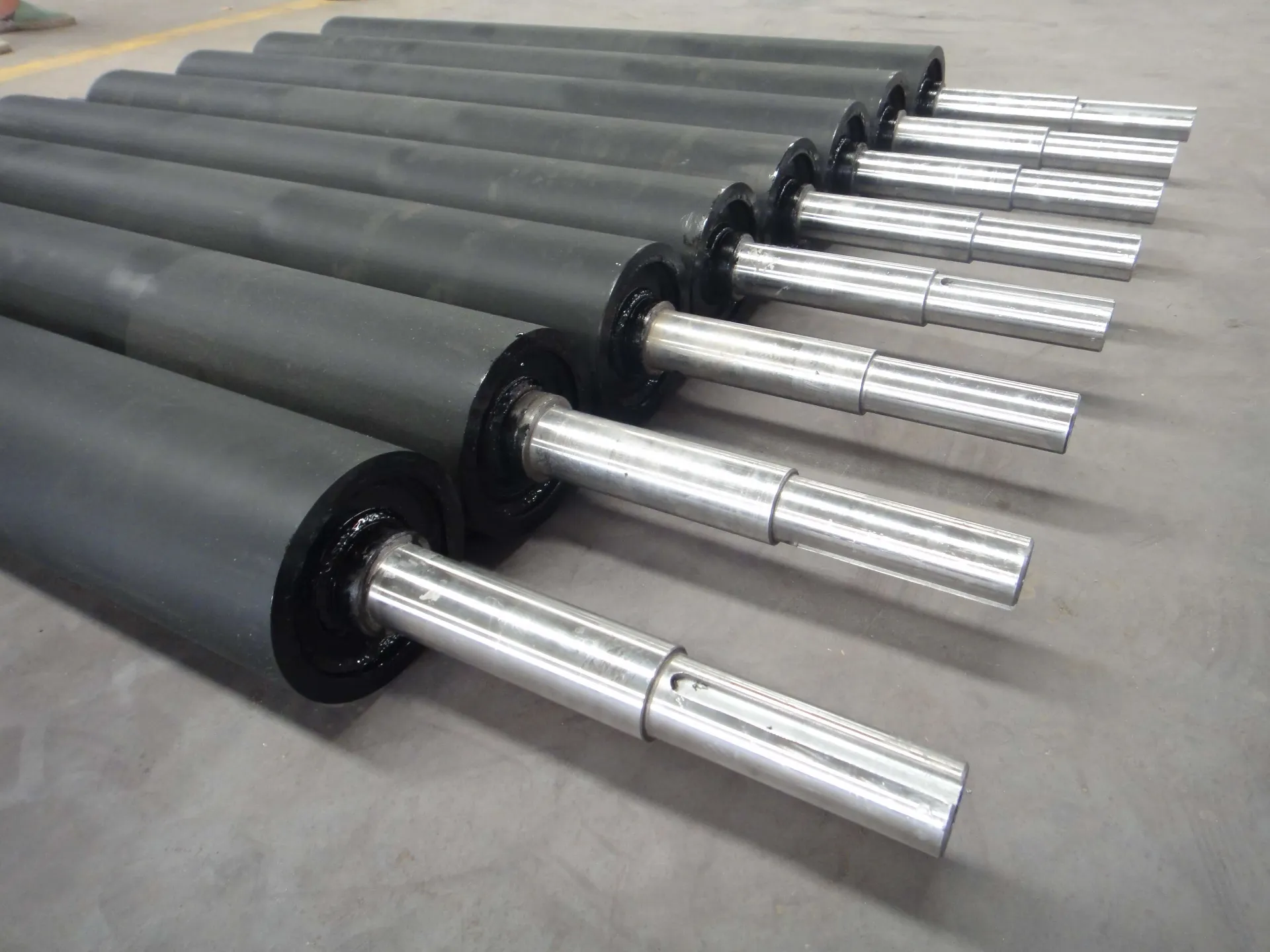 Afrikaans
Afrikaans  Albanian
Albanian  Amharic
Amharic  Arabic
Arabic  Armenian
Armenian  Azerbaijani
Azerbaijani  Basque
Basque  Belarusian
Belarusian  Bengali
Bengali  Bosnian
Bosnian  Bulgarian
Bulgarian  Catalan
Catalan  Cebuano
Cebuano  Corsican
Corsican  Croatian
Croatian  Czech
Czech  Danish
Danish  Dutch
Dutch  English
English  Esperanto
Esperanto  Estonian
Estonian  Finnish
Finnish  French
French  Frisian
Frisian  Galician
Galician  Georgian
Georgian  German
German  Greek
Greek  Gujarati
Gujarati  Haitian Creole
Haitian Creole  hausa
hausa  hawaiian
hawaiian  Hebrew
Hebrew  Hindi
Hindi  Miao
Miao  Hungarian
Hungarian  Icelandic
Icelandic  igbo
igbo  Indonesian
Indonesian  irish
irish  Italian
Italian  Japanese
Japanese  Javanese
Javanese  Kannada
Kannada  kazakh
kazakh  Khmer
Khmer  Rwandese
Rwandese  Korean
Korean  Kurdish
Kurdish  Kyrgyz
Kyrgyz  Lao
Lao  Latin
Latin  Latvian
Latvian  Lithuanian
Lithuanian  Luxembourgish
Luxembourgish  Macedonian
Macedonian  Malgashi
Malgashi  Malay
Malay  Malayalam
Malayalam  Maltese
Maltese  Maori
Maori  Marathi
Marathi  Mongolian
Mongolian  Myanmar
Myanmar  Nepali
Nepali  Norwegian
Norwegian  Norwegian
Norwegian  Occitan
Occitan  Pashto
Pashto  Persian
Persian  Polish
Polish  Portuguese
Portuguese  Punjabi
Punjabi  Romanian
Romanian  Russian
Russian  Samoan
Samoan  Scottish Gaelic
Scottish Gaelic  Serbian
Serbian  Sesotho
Sesotho  Shona
Shona  Sindhi
Sindhi  Sinhala
Sinhala  Slovak
Slovak  Slovenian
Slovenian  Somali
Somali  Spanish
Spanish  Sundanese
Sundanese  Swahili
Swahili  Swedish
Swedish  Tagalog
Tagalog  Tajik
Tajik  Tamil
Tamil  Tatar
Tatar  Telugu
Telugu  Thai
Thai  Turkish
Turkish  Turkmen
Turkmen  Ukrainian
Ukrainian  Urdu
Urdu  Uighur
Uighur  Uzbek
Uzbek  Vietnamese
Vietnamese  Welsh
Welsh  Bantu
Bantu  Yiddish
Yiddish  Yoruba
Yoruba  Zulu
Zulu belt conveyor troughing idlers
Understanding Belt Conveyor Troughing Idlers
Belt conveyors have become an essential component in many industrial operations, particularly in the transport of bulk materials. Among the various parts of a belt conveyor system, troughing idlers play a crucial role in supporting the conveyor belt. This article delves into the significance, design, and operational aspects of belt conveyor troughing idlers, highlighting their impact on efficiency and performance.
What Are Troughing Idlers?
Troughing idlers are rollers that are positioned at intervals along a belt conveyor system. These rollers support the conveyor belt as it carries materials from one location to another. The design of troughing idlers allows the belt to form a trough or a V shape, which aids in containing and stabilizing bulk materials during transport. The primary function of troughing idlers is to provide support, reduce friction, and ensure that the conveyor belt maintains optimal alignment.
Importance of Troughing Idlers
The significance of troughing idlers cannot be overstated. First and foremost, they help distribute the weight of the conveyed material evenly across the conveyor system. By providing consistent support, troughing idlers reduce stress on the belt, which can lead to extended service life and reduced maintenance costs. Furthermore, the trough shape helps prevent material spillage, keeping the surrounding area safe and clean while minimizing product loss.
Troughing idlers also contribute to the overall efficiency of the conveyor system. With the proper alignment and support, the belt can operate with minimal friction. This decreases the energy required to move the belt and its load, leading to cost savings on power consumption. Lower friction also results in reduced wear and tear on the belt and idlers themselves, further enhancing the longevity of the equipment.
Design Considerations
When designing a belt conveyor system, several considerations regarding troughing idlers must be taken into account. These include
belt conveyor troughing idlers

1. Idler Angle Troughing idlers are typically available in various angles, commonly ranging from 20 to 45 degrees. The angle affects the belt's ability to carry materials, with steeper angles allowing for increased load capacity. However, steeper angles may also require additional power and could lead to increased wear.
2. Material and Construction The materials used to construct troughing idlers must be robust enough to withstand the harsh environments often associated with heavy industry. Common materials include steel or composite materials, which provide durability against corrosion and mechanical wear.
3. Roller Diameter The diameter of the rollers also affects performance. Larger diameter rollers reduce friction, extending the service life of the belt while allowing for increased load capacity. However, they may also increase the overall mass of the conveyor system, necessitating careful engineering and consideration of the conveyor's structure.
4. Bearing Systems Troughing idlers typically come with either sealed or open bearings. Sealed bearings offer a longer lifespan and require less maintenance, while open bearings are easier to repair faster but often need more frequent maintenance intervals.
Applications and Industries
Troughing idlers are widely used across various industries, from mining and aggregate handling to food processing and manufacturing. They are essential in operations where bulk materials need to be transported efficiently and safely. In mining, for example, troughing idlers play a critical role in moving ores and minerals from extraction sites to processing facilities, while in the manufacturing sector, they transport raw materials to assembly lines.
Conclusion
In conclusion, troughing idlers are integral to the functionality and efficiency of belt conveyor systems. Their ability to support the conveyor belt, minimize friction, and contain material significantly impacts industrial operations. As industries continue to seek ways to increase efficiency and reduce costs, understanding the role and importance of troughing idlers will become increasingly relevant. Investing in high-quality troughing idlers and considering their design and application thoroughly can lead to enhanced operational effectiveness and a more economical, sustainable approach to bulk material handling.
-
Revolutionizing Conveyor Reliability with Advanced Rubber Lagging PulleysNewsJul.22,2025
-
Powering Precision and Durability with Expert Manufacturers of Conveyor ComponentsNewsJul.22,2025
-
Optimizing Conveyor Systems with Advanced Conveyor AccessoriesNewsJul.22,2025
-
Maximize Conveyor Efficiency with Quality Conveyor Idler PulleysNewsJul.22,2025
-
Future-Proof Your Conveyor System with High-Performance Polyurethane RollerNewsJul.22,2025
-
Driving Efficiency Forward with Quality Idlers and RollersNewsJul.22,2025





























